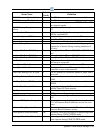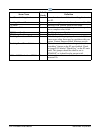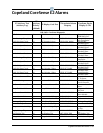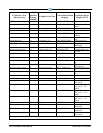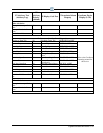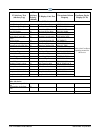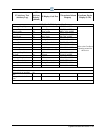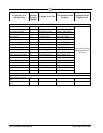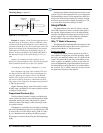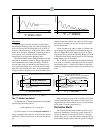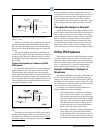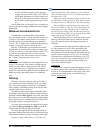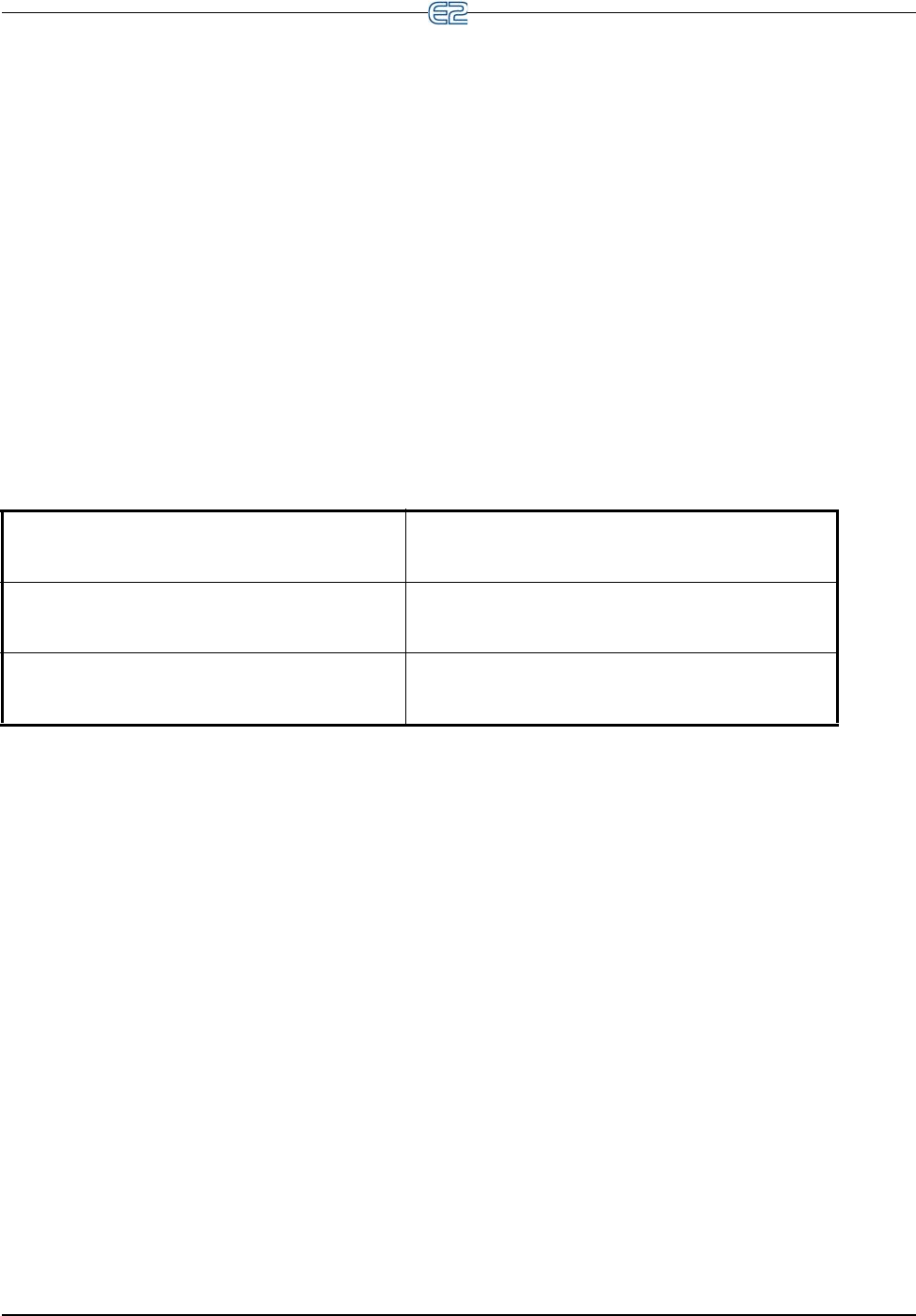
Introduction to PID Control Appendix D: PID Control • D-1
Appendix D: PID Control
Introduction to PID Control
PID Control is a specialized method of closed-loop
control that strives to maintain equality between an input
value and a user-defined setpoint by operating a device or
a number of devices at somewhere between 0% and 100%
of full capacity.
PID Control works by making adjustments to the out-
put at a constant rate called the u
pdate rate (usually 2-6
seconds). For every update that occurs, PID Control takes
a reading from the input sensor or transducer, measures the
distance between the input and the setpoint (also called the
error), makes a series of calculations, and adjusts the out-
put percentage in such a way as to move the input towards
the
setpoint in the most efficient manner.
The “calculations” that determine
the new value of the
output after each update are made by three different modes
of control: Proportional (“P”) Mode, Integral (“I”) Mode,
and Derivative (“D”) Mode. Each mode of control makes
its own adjustment to the output percentage, and the three
adjustments are added to the previous output percentage to
determine the new output percentage. In mathematical
terms, every update will affect the output percentage as
follows:
NEW OUT% = OLD OUT% + (“P” mode adjustment) + (“I” mode
adjustment) + (“D” mode adjustment)
Each of the three modes (P, I, and D) serves a different
and important purpose, as described below:
P Proportional Mode
Tries to stop the error from changing. Measures difference
between current and previous error, and adjusts output per-
centage to prevent any further movement.
I Integral Mode
Tries to bring the error to zero (input = setpoint).
D Derivative Mode
Tries to slow or stop a rapidly changing error so P and I
Modes may effectively work to eliminate it.
Proportional (“P”) Mode
The Proportional Mode in PID determines the system’s
immediate reaction to a change in the error. Proportional
Mode simply analyzes the difference between the current
error and the previous error. Based on the size of this dif-
ference, Proportional Mode will make a change to the out-
put in an attempt to stabilize the
input value and keep it
from changing any further.
Mathematically, the following equation determines the
“P” Mod
e adjustment for a single update:
“P” mode adjustment = K
p
(E – E
-1
)/TR
K
p
= proportional constant
E = current error
E
-1
= error during last update
TR = throttling range
Throttling Range
In simplest terms, the Throttling Range is the number
of input value units between a 0% output and a 100% out-
put. For example, in a Case Cont
rol application, the Throt-
tling Range would be the number of degrees between the
in
put temperature that would result in a 0% output and the
temperature that would cause a 100% output. Therefore,
the Throttling Range essentially determines the percentage
of the output adjustment that will be added to the previous
percentage when a change in input occurs.
PID Control places this Throttling
Range around the
setpoint. As a result, Proportional Mode works to keep the
temperature near the setpoint and within the throttling
range. In most cases, the Throttling Range straddles the
setpoint evenly on both sides, as shown in Figure D-1.
However, in some applications such as Condenser Con-
trol, the Throttling Range may be placed elsewhere see



